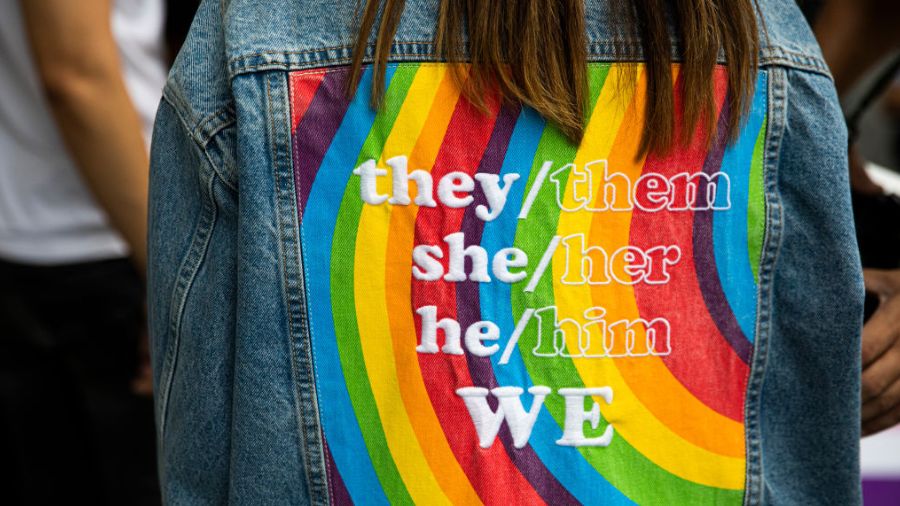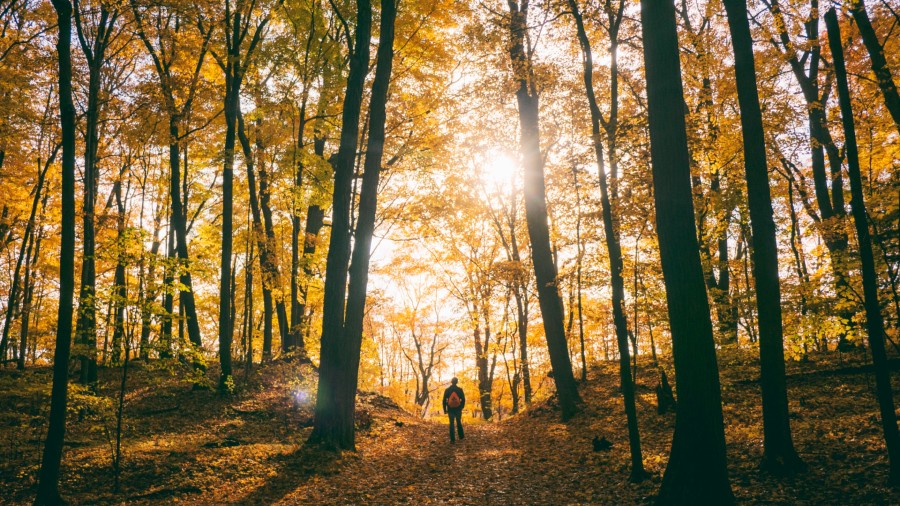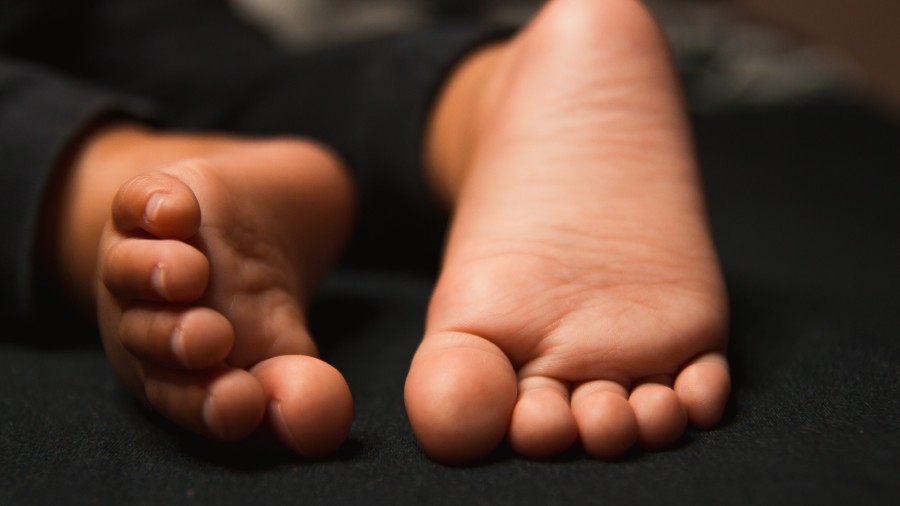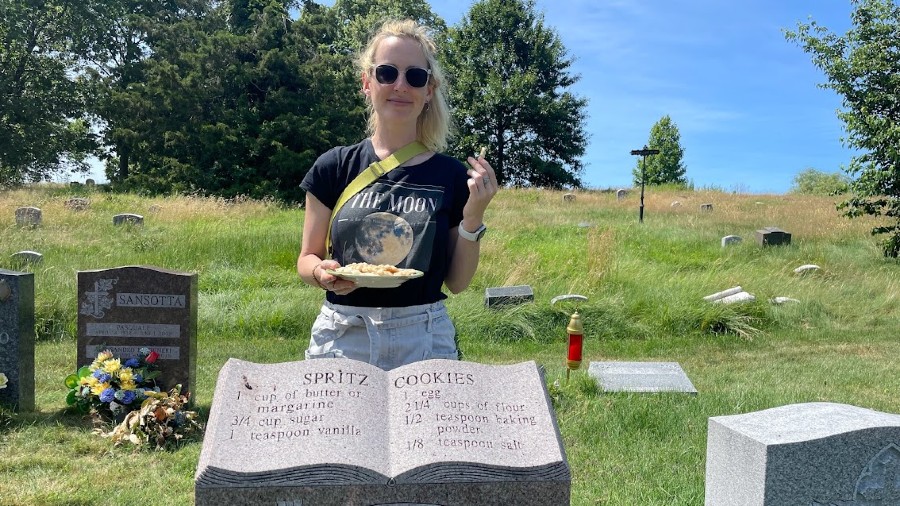Cupcakes & Bacon: Where do major food trends start?
Jun 24, 2014, 6:10 PM | Updated: Jun 29, 2014, 8:35 am

(Photo courtesy of CC Images: Clever Cupcakes)
(Photo courtesy of CC Images: Clever Cupcakes)
When I was in high school, in the mid 1990’s, my mom was having friends over and she was trying to think of an appetizer to serve. I suggested mini quiche. She nearly lost her mind.
“Mini quiche? I can’t serve mini quiche! They’re so ’80’s!” she squawked.
I’m pretty sure that was the moment I learned that, just like fashion and music, food can be trendy. No matter how delicious, it’s popularity can expire with time.
David Sax is author of the new book The Tastemakers: Why We’re Crazy For Cupcakes But Fed Up With Fondue. In his book he details the four types of food trends.
“You have your chef-driven food trends, when a well known chef will create something and that becomes popular and other chefs emulate it. You have agricultural food trends founded by farmers who grow a new product. You have health and diet trends. So everything from the Atkins diet to gluten-free. And then the cultural food trends. The cupcake trend is a big one, right? Cupcakes went from being the kids birthday treat to sexy single women living in the city and eating cupcakes.”
David says the TV show Sex and the City was part of the reason why there’s a cupcake bakery in every major city in America.
“I say it happened for two main reasons: 9/11 and Sex and the City. September 11th happened and people all of a sudden wanted to go back to comfort foods and cupcakes was the most comforting food. It’s a handheld memory of your favorite parts of childhood. Then, what really lit it up, very shortly after that there was a cameo shot of two of the main characters, Carrie and Miranda of Sex and the City, eating cupcakes on the bench of Magnolia Bakery in New York. It was like, cupcakes and stilettos! We’re living the life!”
According to David’s book, the only reason Magnolia Bakery started making cupcakes was because the bakers needed to use up leftover cake batter that didn’t fit in the pan.
“Then [cupcakes] had this third really important factor, which was it was the first food trend of the Internet age. Instead of just food magazines talking about it, it was thousands and thousands of people creating their own cupcake blogs and sharing it on Facebook. It just spread across the world. I mean, there are cupcake shops in Paraguay now. There are cupcake shops in Rwanda now.”
Another puzzling trend is bacon. Yes, it’s delicious and everyone loves it, but it’s been around forever. So how did we end up in a world of bacon milkshakes, bacon lip gloss and bacon Band-Aids?
“The bacon trend is really interesting because no one wanted to eat bacon in the 1980’s because of the low-fat health trend. Bacon sales plummeted,” explains David. “The National Pork Board, at the time, were pushing, ‘Pork, The Other White Meat.’ They’re like, ‘No no no! We’re like chicken with four legs!'”
So the pork people petitioned fast food restaurants. They offered them cheap bacon, said they’d pay for the recipe development, and the fast food industry bit.
“Usually these food trends trickle down from hip restaurants or cool places. But this one actually trickled up from Wendy’s bacon burgers and Burger King and all of these sorts of things,” he says.
From cupcakes and bacon to something much healthier: You don’t even have to go to a natural food co-op anymore to find bottles of kombucha filled with slimy chia seeds. When did these go from houseplant to health food?
“It didn’t really get big until 2009 when the best selling book Born to Run came out. It was about this tribe of Indians who live in Mexico, who are the world’s best runners. In a couple pages he talks about how they eat chia, ‘This is the best fuel you can have. This is the greatest thing.’ From then it just exploded,” says David. “The running community picked it up. Other health communities picked it up. All the Crossfit people picked it up.”
David says there doesn’t seem to be a formula and it’s tough to say what the next food trend might be. But he thinks most big trends start with already popular items that are done a fresh way. Like coffee: everyone already drank it, but then Starbucks came around and invented the Frappuccino. Of course, David can’t see the future of food, but he does think that Indian fast food will be in it.













